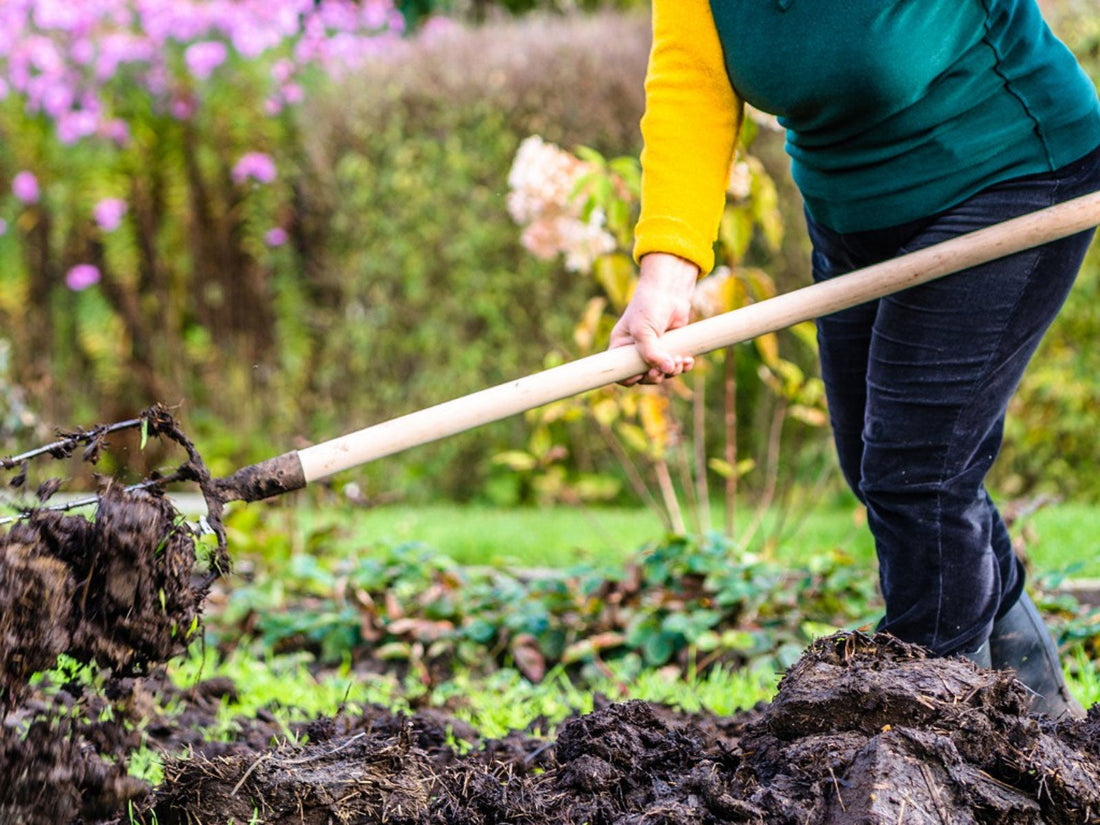
Getting Your Garden Ready for Fall
Getting Your Garden Ready for Fall
As the warm days of summer gradually give way to the crisp air of autumn, gardeners everywhere are faced with a new set of tasks. Fall is not just a transition in seasons; it is a crucial time for preparing your garden for the colder months, ensuring that your plants survive winter and thrive again in spring. Taking the time now to prepare your garden will save effort later and can even improve the overall health and productivity of your outdoor space. Here’s a comprehensive guide to getting your garden ready for fall, grab your shovel and Let’s dig in!
1. Clean Up and Remove Debris
One of the first steps in fall garden preparation is a thorough cleanup. Remove spent annuals, weeds, and any plant debris from flower beds, vegetable patches, and lawn areas. Dead leaves, broken branches, and leftover plant matter can harbor pests and diseases that may overwinter and affect your plants in spring. While doing this, consider composting healthy plant material to create nutrient-rich soil for future use.
2. Prune and Trim Plants
Fall is a good time to prune certain trees and shrubs. Removing dead or diseased branches helps prevent damage from winter storms and reduces the risk of pest infestations. However, be careful with pruning timing: avoid heavy pruning of spring-flowering shrubs in the fall, as this can remove buds and reduce blooms next season. Focus on shaping plants, cutting back perennials that have finished flowering, and trimming hedges to keep them tidy.
3. Protect Tender Plants
Some plants, especially those that are not winter-hardy, require extra protection during fall. Consider moving potted plants indoors or into a greenhouse. For garden beds, use mulch to insulate roots from early frosts. Mulching also helps retain soil moisture and reduces the impact of temperature fluctuations. Straw, shredded leaves, or bark chips are excellent choices for fall mulch.
4. Divide and Transplant Perennials
Fall is an ideal time to divide perennials that have become overcrowded. Dividing plants encourages healthier growth and can increase flowering in the next season. Dig up the plants carefully, separate the clumps, and replant them in prepared soil. Make sure to water them thoroughly after transplanting to help them establish before winter sets in.
5. Plant Fall Bulbs and Cool-Season Crops
Fall is the perfect time to plant spring-flowering bulbs such as tulips, daffodils, crocuses, and hyacinths. Planting bulbs now allows them to develop strong roots and ensures a vibrant bloom in the spring. Additionally, gardeners can take advantage of the cooler temperatures to plant hardy vegetables like spinach, kale, garlic, and radishes. These crops tolerate cooler weather and can provide a fresh harvest well into the fall months.
6. Test and Amend the Soil
Healthy soil is the foundation of a thriving garden. Fall is a great time to test your soil’s pH and nutrient levels. You can amend the soil with compost, well-rotted manure, or other organic matter to improve fertility and structure. Fall soil amendments have time to break down over winter, giving your plants a nutrient-rich environment come spring.
7. Clean and Store Garden Tools
A well-maintained set of garden tools makes all gardening tasks easier. As part of your fall preparation, clean, sharpen, and oil tools to prevent rust and damage. Store them in a dry place to extend their lifespan. Fall is also an ideal time to inspect hoses, pots, and irrigation systems to ensure they are ready for winter or can be properly stored until spring.
8. Plan for Winter Protection and Landscaping
Consider how you will protect vulnerable plants and landscapes during winter. Erecting windbreaks, using frost cloths, or installing protective covers for vegetable beds can prevent damage from snow and ice. Additionally, fall is a great time to plan next year’s garden layout, order seeds, and consider any changes or improvements you want to make to your outdoor space.
9. Encourage Beneficial Wildlife
Even as the weather cools, your garden can support local wildlife. Leaving some leaf litter or installing bird feeders can provide food and shelter for beneficial insects, birds, and pollinators. This not only helps the local ecosystem but can also improve pest control and pollination for the next growing season.
Conclusion
Preparing your garden for fall is about more than simply tidying up. It is a season of transition that sets the stage for a healthy, productive garden in the months ahead. From cleaning up debris and pruning to planting bulbs and protecting tender plants, each step you take now will pay off when spring arrives. By approaching fall garden preparation thoughtfully and systematically, you ensure that your garden remains vibrant, resilient, and full of life, ready to welcome the next growing season with vigor and beauty.
